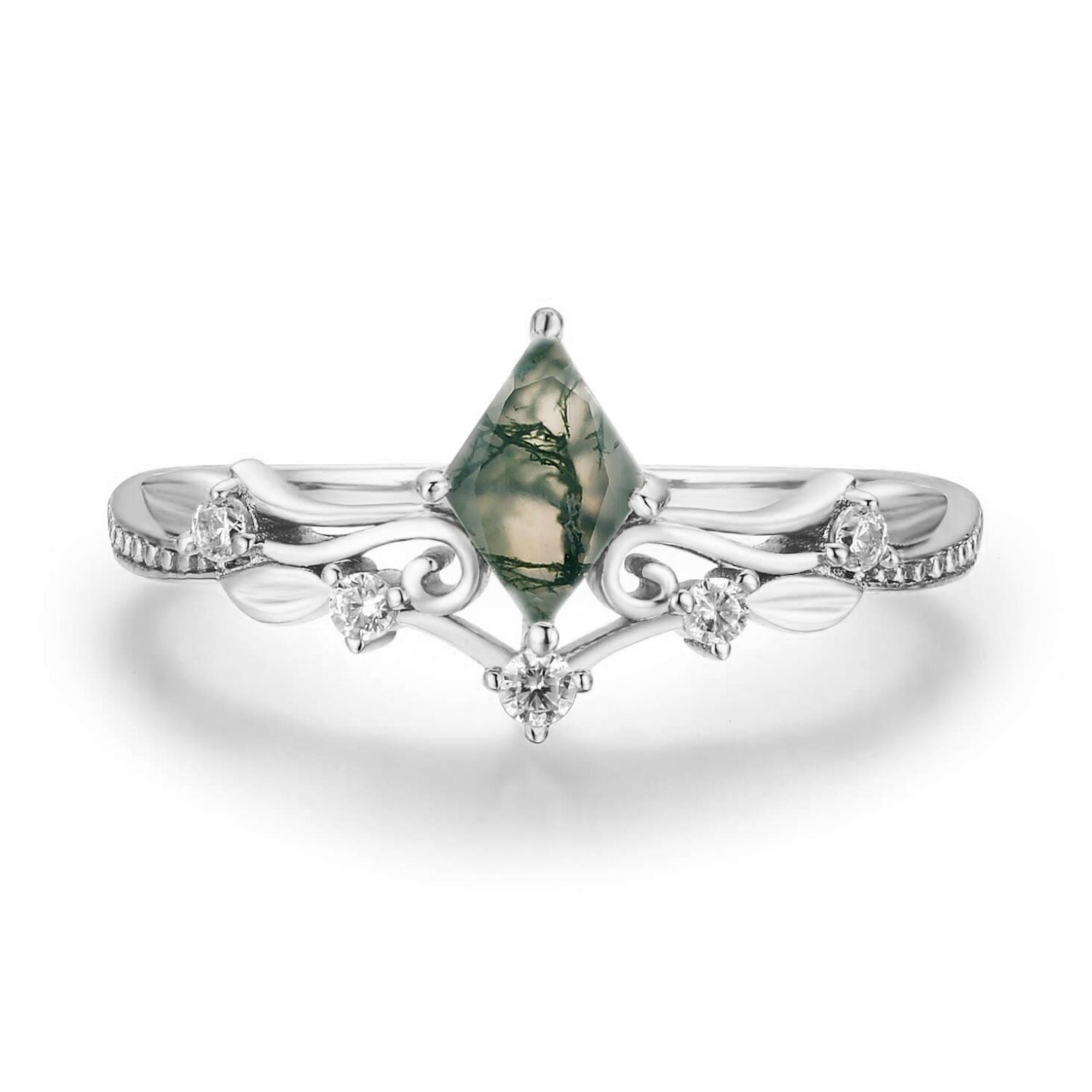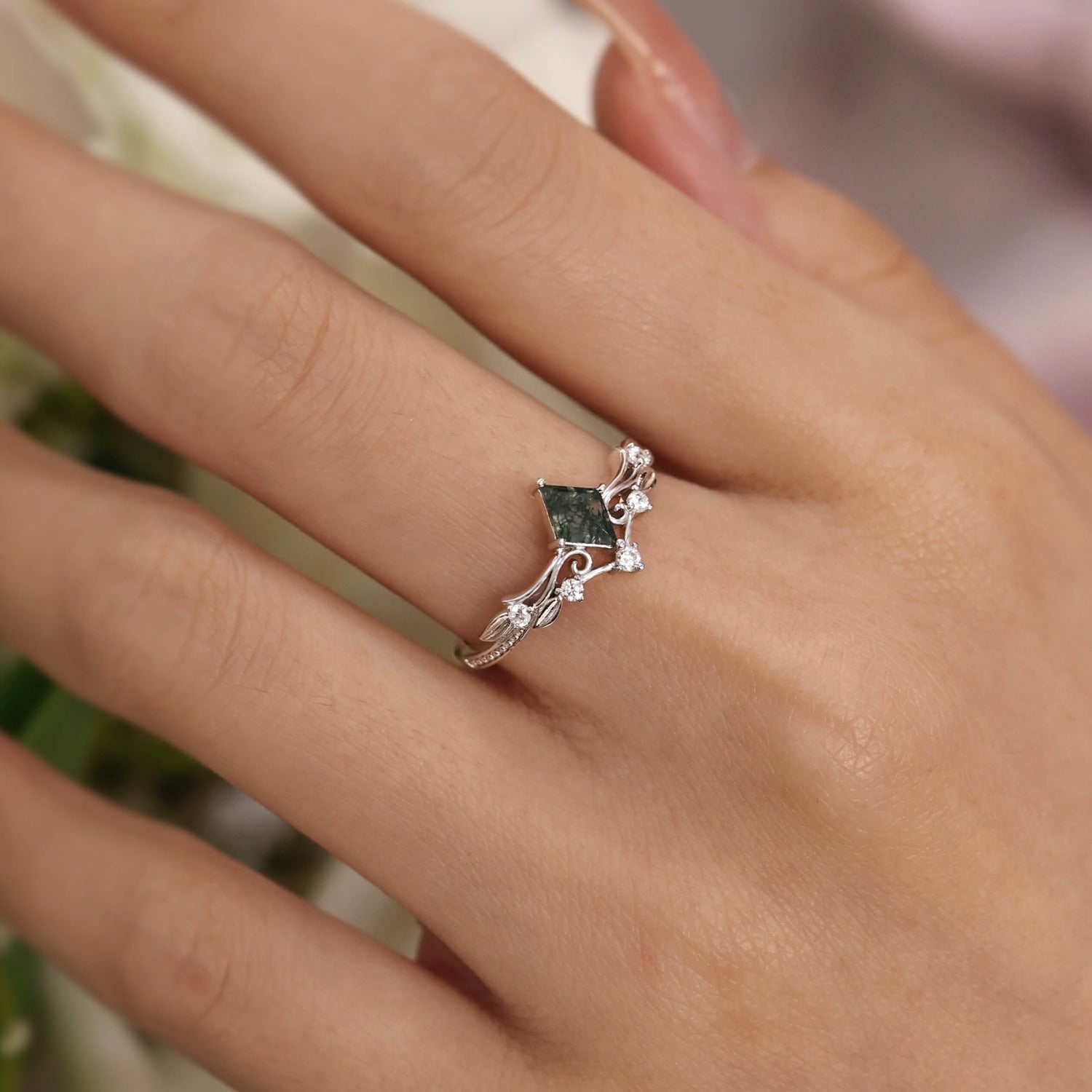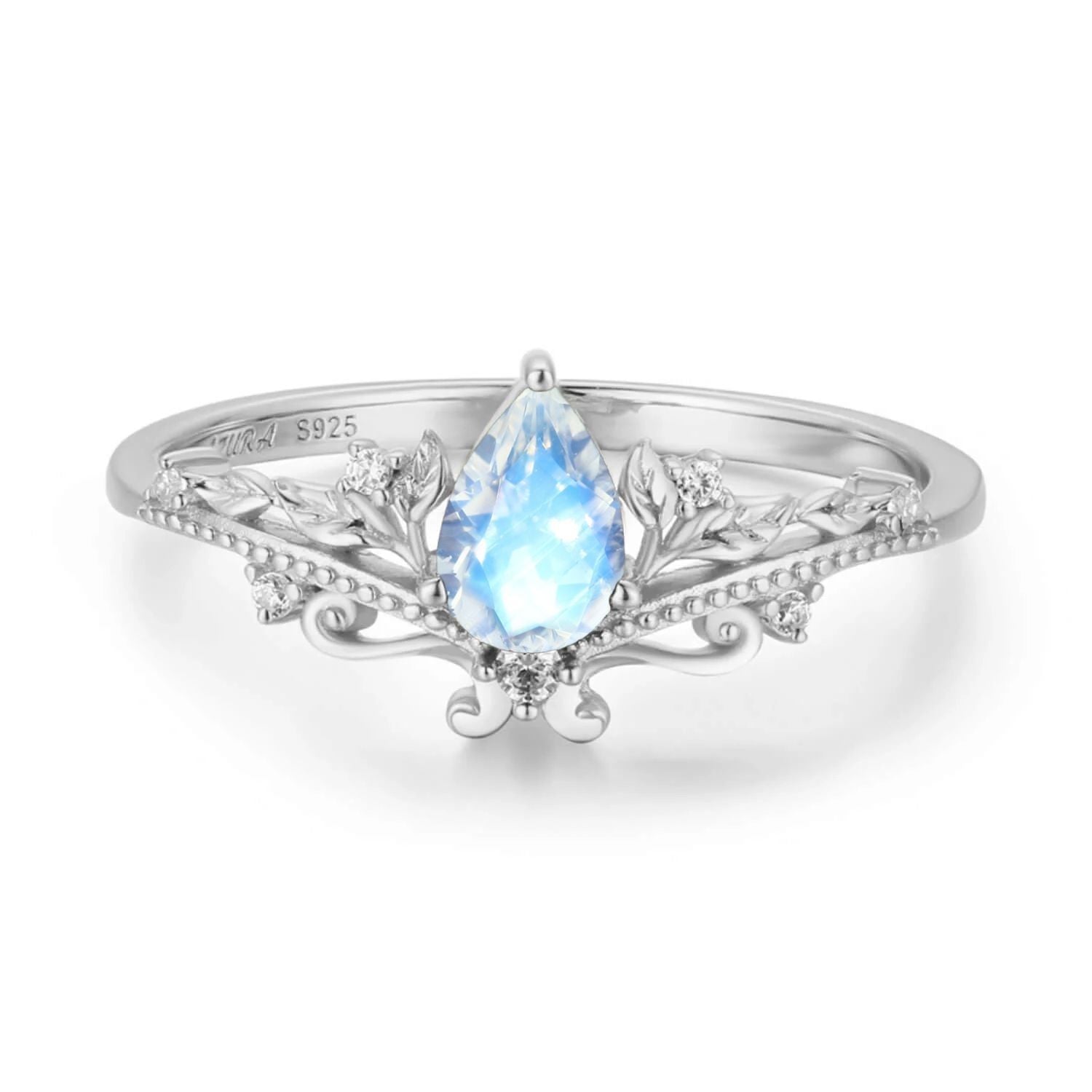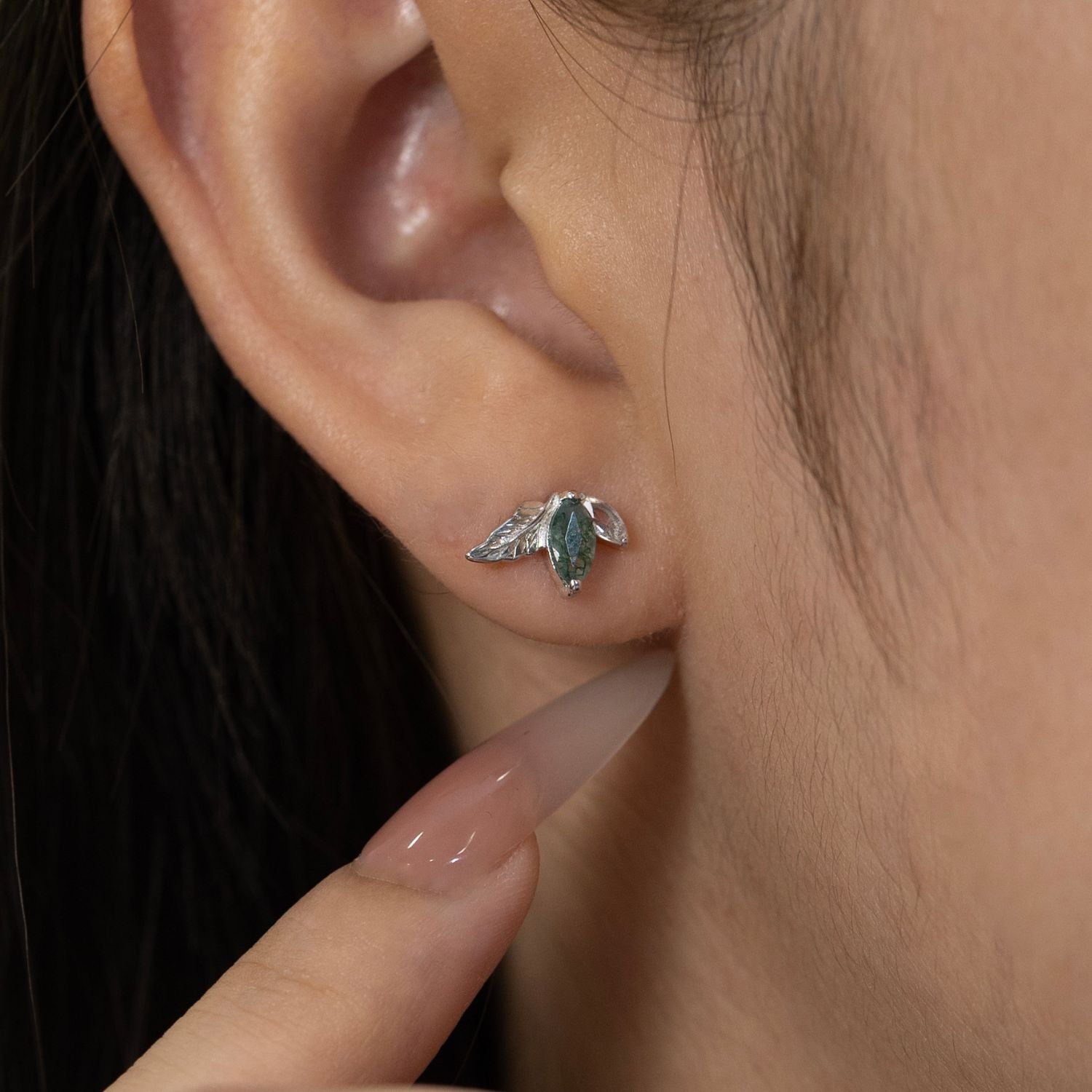Have you ever been captivated by the mesmerizing allure of Ethiopian opals? Opals are nature's own masterpiece, crafted through a magnificent interplay of silica spheres and water molecules. Each opal is a unique creation, boasting its own intricate patterns and kaleidoscope of colors, making it an exceptional gemstone like no other.
A Gem's Tale
For over a century, Australia reigned as the unrivaled supplier of precious opals, dominating the world opal market with over 95% of its production. But amidst this age-old legacy, a mystical gem emerged from the heart of Ethiopia – the Ethiopian opal. Although first discovered in the early 1990s, it wasn't until 2008 that these entrancing gems truly captivated the fine opal jewelry market. Fondly referred to as "Welo Opals" after the opulent Wollo Province, these gems boast a mesmerizing play-of-color in a range of delightful patterns. The captivating charm and surprisingly affordable price tag have made them a sought-after choice, particularly among non-traditional brides-to-be.
Ethiopian Opal's Natural Properties
Gems are often distinguished by their "specific gravity," a term denoting their relative density. Due to their porosity, opals typically have lower specific gravity than other gemstones, resulting in a lighter weight for stones of the same size. To illustrate, while a 9x7mm oval-shaped Ethiopian opal weighs around 0.90 ~ 1.00 carat (depending on the cut), a similarly sized diamond of the same shape would weigh approximately 1.60 ~ 1.80 carats. Therefore, opals and other gemstones of equal size may not always have the same weight due to their respective specific gravities.
Ethiopian opals possess a unique characteristic, classifying them as "hydrophane opals" due to their porous nature. The term "hydrophane" originates from Greek roots, meaning "water-loving," signifying their natural affinity for absorbing water or liquids, much like a sponge. When these opals come into contact with water, they undergo a transformation – their appearance temporarily changes, and they turn translucent yellow or brown, seemingly losing their renowned play-of-color. However, there's no need to worry! Once the opals are thoroughly air-dried, their original color and enchanting play-of-color will resurface. Just like magic!
These images below show how water immersion can temporarily change the opals' appearance. However, with proper drying, their original beauty is restored.

Image 1: Opals before being soaked in water
The opals in this image displayed their natural beauty with the characteristic play-of-color.
Image 2: The opals soaked in water for the first 5 minutes
After being soaked in water for 5 minutes, the opals showed a slight change in appearance. They appeared slightly darker due to water absorption, but their play-of-color was still visible.
Image 3: Opals after 8-hour soak against skin tone
After 8 hours of soaking, the opals looked noticeably different. The water had penetrated the porous structure of the opal, causing it to look more saturated, cloudier, and resembling a clear transparent crystal.
Image 4: Opals removed from water after 8 hours against skin tone
Once removed from water, the opals turned brownish and translucent.
Image 5: Opals after 24 hours of air-drying
After air-drying for 24 hours, the opals regained their original beauty. The play-of-color returned to its usual shimmering state, and the opals looked similar to how they appeared in the first image, dry and vibrant, with their characteristic iridescence.
Tip: Avoid attempting to speed up the drying process such as exposing opals to direct sunlight or using an air dryer. Opals are sensitive to extreme temperature changes, and doing so could lead to cracking or damage to the gemstones. It's best to let them air-dry naturally to preserve their integrity.
Essential Care Tips for Your Ethiopian Opal Ring
To ensure that your opal ring remains in pristine condition and maintains its brilliance for years to come, it's crucial to follow some special care instructions.
Keep Away from Liquids
When wearing your opal ring, take extra caution during water-related activities. Remove it before washing your hands, doing dishes, showering, or swimming. Water can seep into the opal's microstructure, causing it to lose its play-of-color and brilliance over time. If your opal ring does come into contact with water, don't fret. Gently pat it dry with a soft microfiber cloth and allow it to air-dry naturally for about 24 hours.
Avoiding Exposure to Harsh Chemicals
Ethiopian opals are sensitive to chemicals and heat. Avoid exposing your opal ring to harsh substances like cleaning agents, detergents, perfumes, and cosmetics. These chemicals can cause the opal to lose its shine, fade its colors, and even lead to cracks or fractures in the gemstone.
Proper Storage
When you're not wearing your opal jewelry, store it in a dry and safe place. Avoid keeping it in humid environments or places where it might come into contact with liquids. Opt for a soft pouch or a jewelry box with compartments to prevent scratches or accidental bumps.
Protection from Extreme Temperatures
Opals are sensitive to temperature changes. Avoid subjecting your Ethiopian opal ring to extreme heat or cold, such as leaving it under direct sunlight, near a heating source, or in a freezing environment.
Handle with Care
Opals have a relatively softer hardness rating, ranging between 5.5 and 6.5 on the Mohs scale, making them more susceptible to damage compared to other gemstones. It is important to avoid subjecting your Ethiopian opal jewelry to rough handling, impact, or pressure. Take off your ring when engaging in physically demanding activities or sports to prevent potential damage.
Final Thoughts
Ethiopian Opals are a true gift from nature, boasting unparalleled beauty and uniqueness. Owning a piece of opal jewelry is like owning a work of art, and like any masterpiece, it requires special care. By following these essential care tips at hand, your opal jewelry will forever reflect its spellbinding charm.









